View More


 Home News Industry News Temperature control unstable? Low yield? Unlock the highest potential of injection molding, extrusion and vulcanization.
Home News Industry News Temperature control unstable? Low yield? Unlock the highest potential of injection molding, extrusion and vulcanization.
Temperature control solutions for the rubber and plastic industry
AODE
AODE has been deeply engaged in the industrial temperature control field for 21 years. It has always focused on the research, production and sales of precision industrial temperature control equipment, and is committed to providing customers with efficient, safe and environmentally friendly system solutions.
The company adheres to a diversified business strategy and continuously expands its product portfolio. It has evolved from a single heating equipment to a comprehensive temperature control product system that encompasses heating, cooling, and combined heating and cooling functions, enabling it to meet the integrated purchasing needs of customers.
In the rubber and plastic industry, AODE has leveraged its profound technical expertise and extensive project experience to provide professional temperature control solutions for various specialized fields, covering key process stages such as injection molding, extrusion molding, blow molding, calendering molding, foaming molding, compression vulcanization, continuous vulcanization, and more.
The company's products such as mold temperature controllers, cooling water machines, and heat transfer oil furnaces are widely used in various scenarios including precision injection molding, medical tube extrusion, PET bottle blank forming, rubber sealing component vulcanization, and composite material forming. They precisely meet the core temperature control requirements such as high temperature, high pressure, high precision, and rapid response.
Suzhou AODE Precise Equipment Co., Ltd.
PART.01
Plastics industry
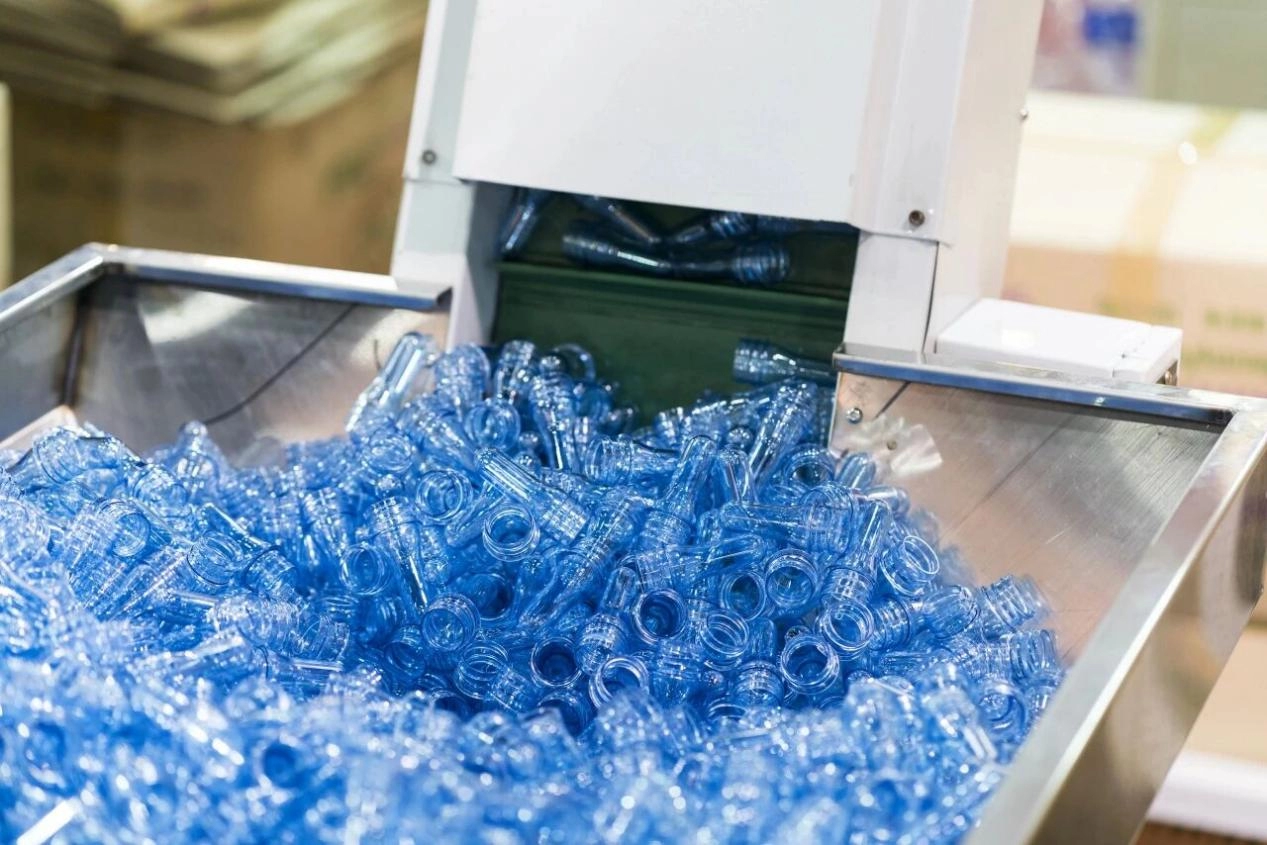
Sub-segment: Injection Molding
Typical process steps: Mold temperature control.
Common temperature control equipment: Mold temperature control machine (water type/oil type).
Core requirements for temperature control: High precision (±0.5~1°C), high pressure (difficult to vaporize at high temperatures), rapid temperature rise and drop response.
Representative applications: LCD TV face shells, optical lenses, car bumpers, gears and other precision injection molding, require the use of high-temperature and high-pressure water-type or oil-type mold temperature machines.
Typical process steps: Cooling of hydraulic oil, Cooling of the feeding area of the barrel.
Common temperature control equipment: Chiller (air-cooled/water-cooled).
Core requirements of temperature control: Stable cooling capacity, energy saving. Representative application: Providing cooling for the hydraulic system of the injection molding machine and the barrel, commonly using air-cooled chiller.
Sub-segment: Extrusion Molding
Typical process steps: Temperature control of screw barrel is usually carried out Common temperature control equipment: Mold temperature machine (mainly oil type) and heat transfer oil furnace.
Core requirements for temperature control: High temperature (up to 400°C), uniform heating, good thermal stability.
Representative applications: Production of PVC pipes, sheets, and plates, which require a heat transfer oil furnace to provide a stable high-temperature heat source; Extrusion of precision medical tubes, where an oil-type mold temperature machine is used to precisely control the temperatures in each section.
Typical process steps: Stabilization table, cooling water tank.
Common temperature control equipment:Chiller (large cooling capacity water-cooled type).
Core requirements for temperature control: High cooling capacity, stable water temperature.
Representative application: Immediate cooling and stabilization of profiles and pipes after extrusion. Requires a large power chiller to provide chilled water.
Sub-segment: Blow Molding
Typical process steps: Mold temperature control (especially in the bottle blank injection section).
Common temperature control equipment: Mold temperature machine (water type).
Core requirements for temperature control: High temperature control accuracy, high heat exchange efficiency.
Representative application: PET bottle blank injection, using a high-temperature water-type mold temperature controller to ensure the transparency and quality of the bottle blank; Temperature control of hollow container blow molding molds.
Sub-segment: Extrusion Forming
Typical process steps: Roller heating.
Common temperature control equipment: Heat transfer oil furnaces (mainly), high-temperature mold temperature control machines.
Core requirements for temperature control: Ultra-high temperature (above 200°C), large-scale heating, uniform and stable temperature.
Representative applications: Extrusion of PVC flooring, leather products, rubber sheet materials. Through the circulating hot oil of the heat transfer oil furnace, it provides a uniform and stable high-temperature heat source for multiple large-sized rollers.
Sub-segment: Foaming Molding
Typical process steps: Mold heating and cooling (for EVA, PU, etc.)
Common temperature control equipment: Mold temperature control machine (oil type), chiller.
Core requirements for temperature control: Dual temperature and dual control (heating for foaming first, then cooling for shaping), wide temperature range.
Representative applications: EVA shoe soles, sports equipment foam, automotive interior foam. During production, the mold is heated with a high-temperature oil temperature machine to initiate foaming, and then cooled with a water cooler for shaping.
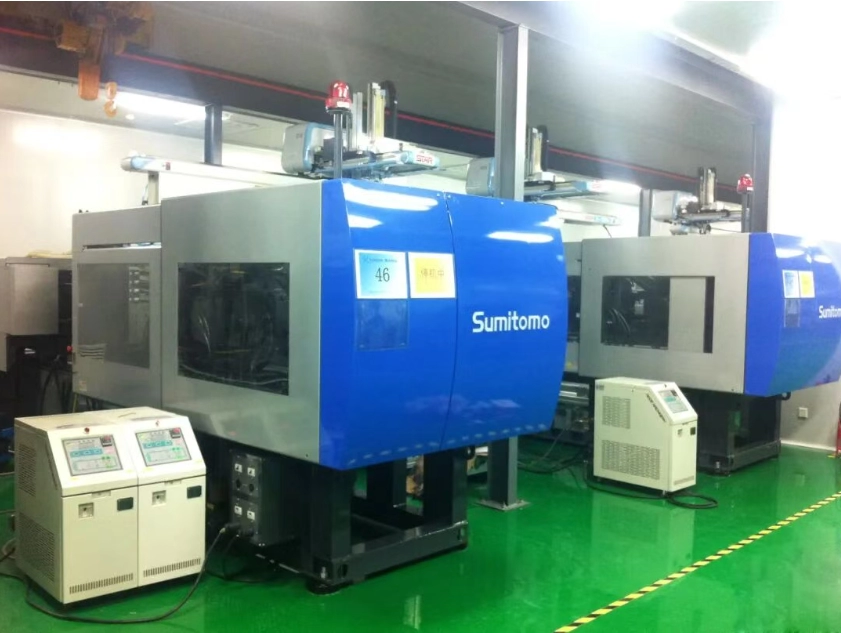
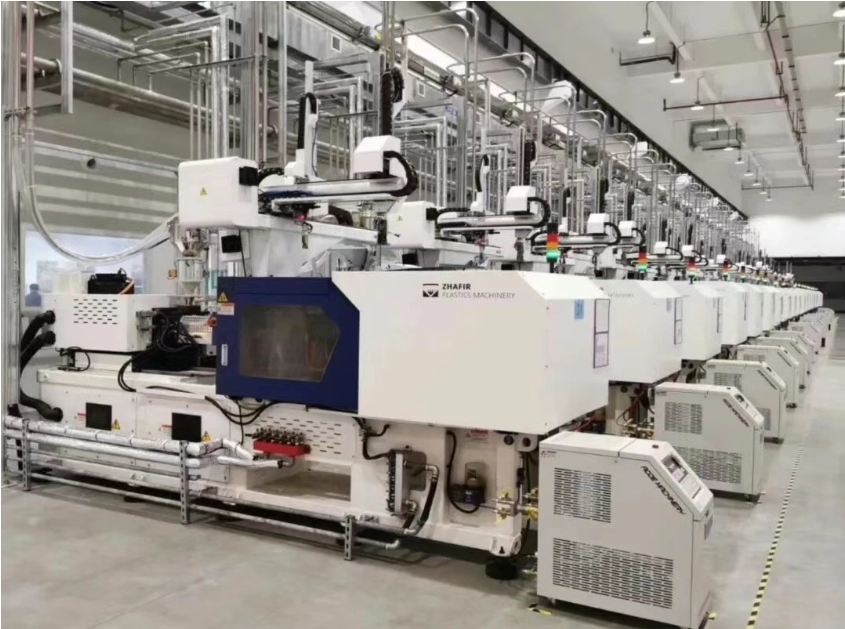
PART.02
Rubber industry
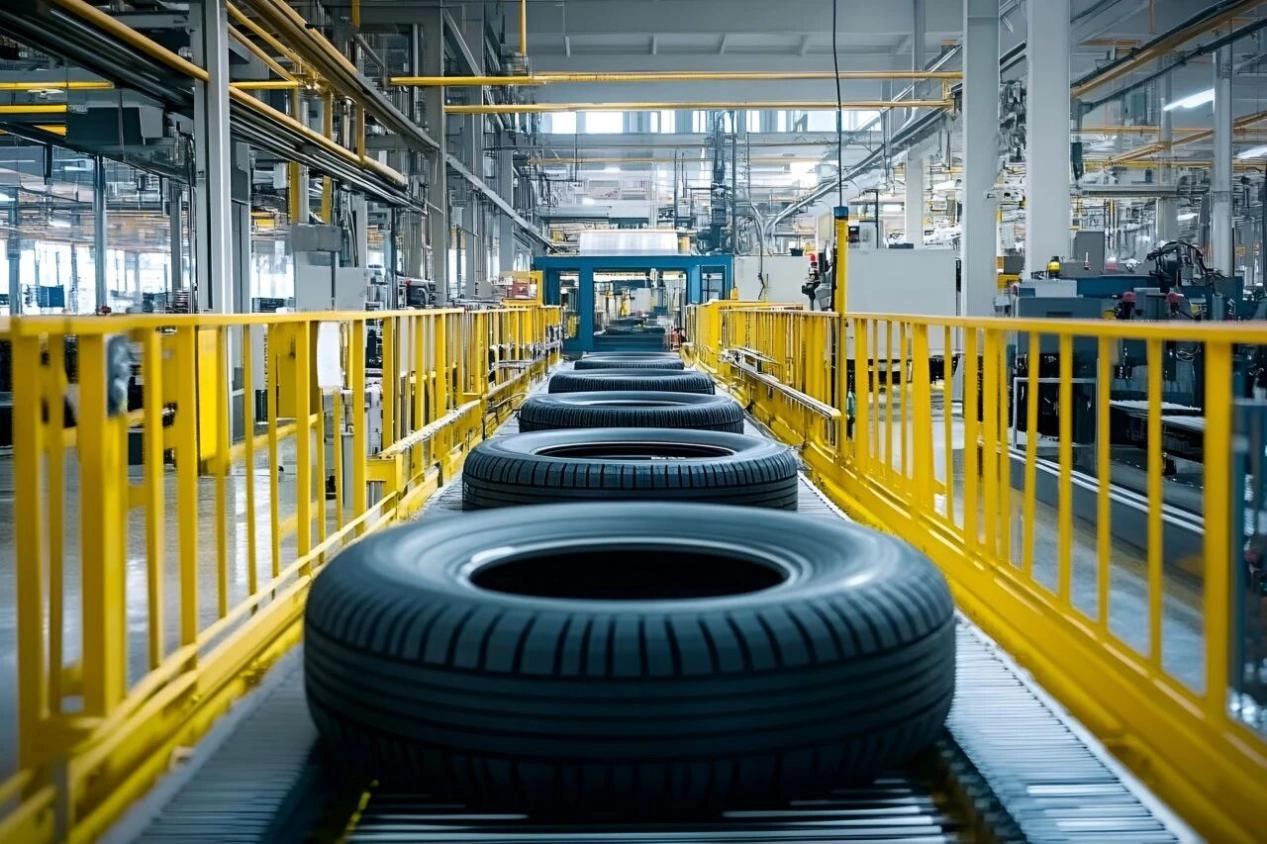
Sub-segment: Compression Sulfurization
Typical process steps: Flat vulcanizing machine, mold heating.
Common temperature control equipment: Heat transfer oil furnace (mainly), high-temperature mold temperature control machine (oil type).
Core requirements for temperature control: High temperature (160-200°C or even higher), high pressure (to overcome rubber expansion force), large heat capacity.
Representative applications: Tire molds, sealing rings, oil seals, silicone rubber products vulcanization. Using heat transfer oil furnace or high-pressure high-temperature oil temperature machine to provide stable vulcanization temperature for the hot plates of the vulcanizing machine.
Sub-segment: Sulfidation of Sulfurization Tanks
Typical process steps: Heating and pressurization inside the tank.
Common temperature control equipment: Heat transfer oil furnace.
Core requirements for temperature control: Provide high-temperature saturated steam or heat source. High pressure requirements for the system.
Representative applications: Large-scale vulcanization tanks for cables, rubber rollers, and large rubber products. Commonly, heat transfer oil furnaces are used for heating to generate high-temperature steam or directly as a heat source.
Sub-segment: Extrusion Sulfidation
Typical process steps: Hot air circulation or molten salt tank heating (continuous sulfidation line) .
Common temperature control equipment: Heat transfer oil furnace.
Core requirements for temperature control: Continuously provide stable high temperature, energy consumption control.
Representative applications: Continuous sulfidation of rubber sealing strips, wires and cables (CV line). The heat transfer oil furnace heats the air or molten salt to make the products continuously pass through the tunnel to complete the sulfidation.
Sub-segment: Pressure Injection Sizing
Typical process steps: Mold temperature control.
Common temperature control equipment: Mold temperature control machine (high-temperature oil type).
Core requirements for temperature control: High temperature, high precision, fast response.
Representative applications: Precision rubber parts, multi-cavity mold rubber products (such as O-rings) injection sizing molding.
Sub-sectors: Rubber Molding / Pressing
Typical process steps: Extruder, Open Molding Machine, Roll Cooling.
Common temperature control equipment: Chiller, Mold temperature controller (water type).
Core requirements for temperature control: Large cooling capacity, Corrosion resistance (in contact with cooling water) .
Representative application: During the mixing process, cold water is circulated through the jacket of the extruder and the inner part of the rollers of the open molding machine to cool them down, quickly removing the heat generated by shearing and preventing scorching.
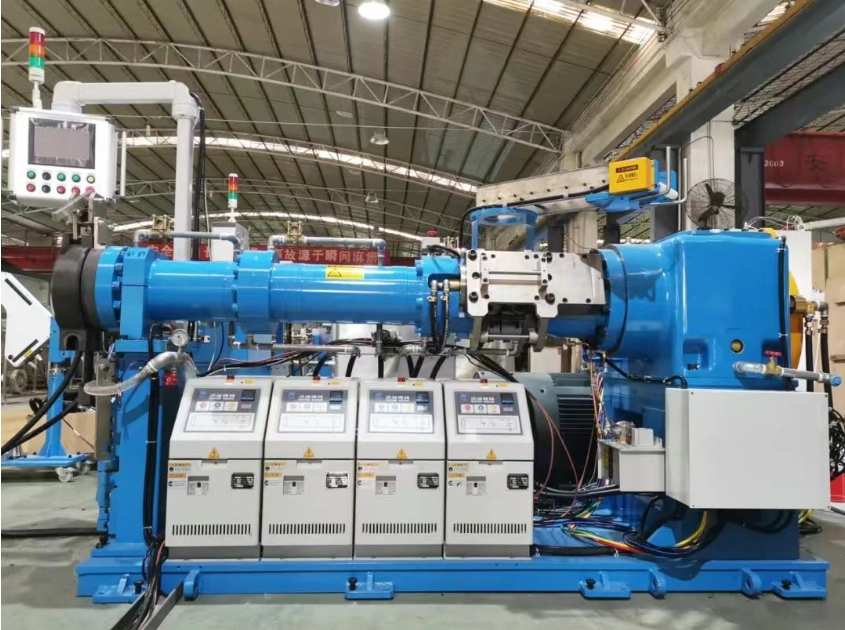
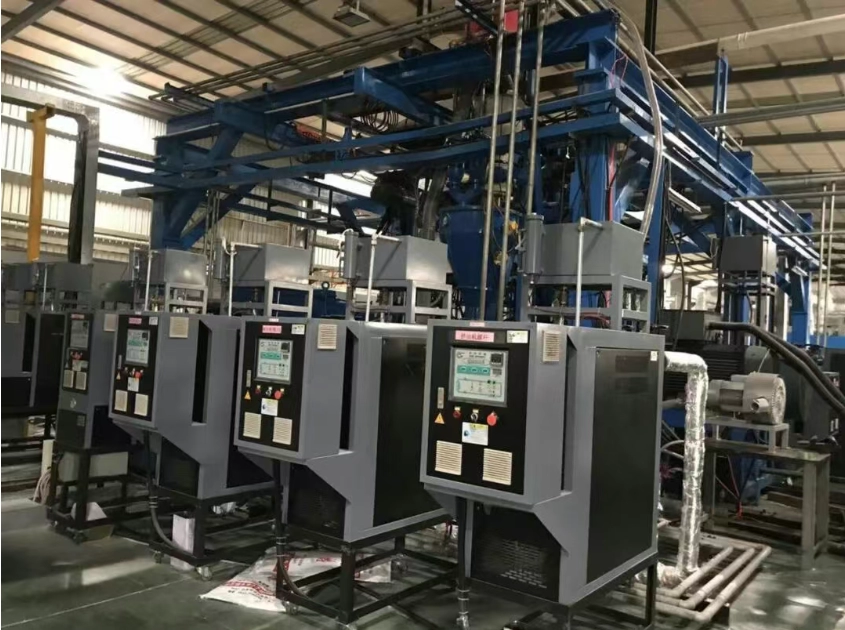
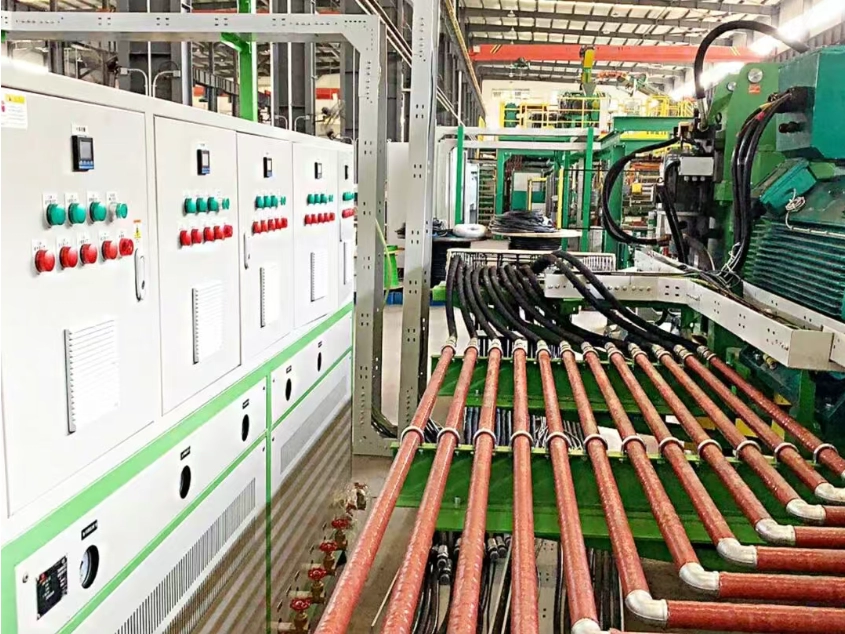
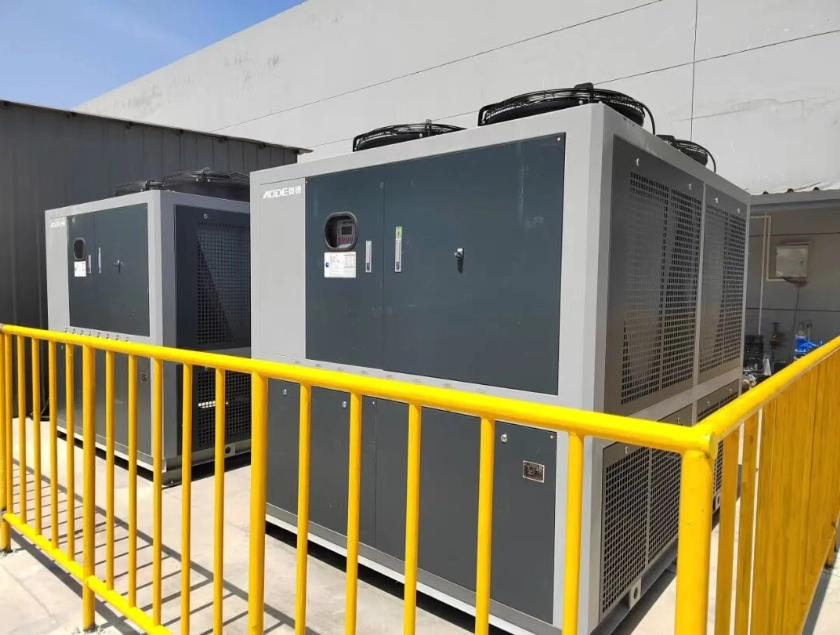
PART.03
Other industry
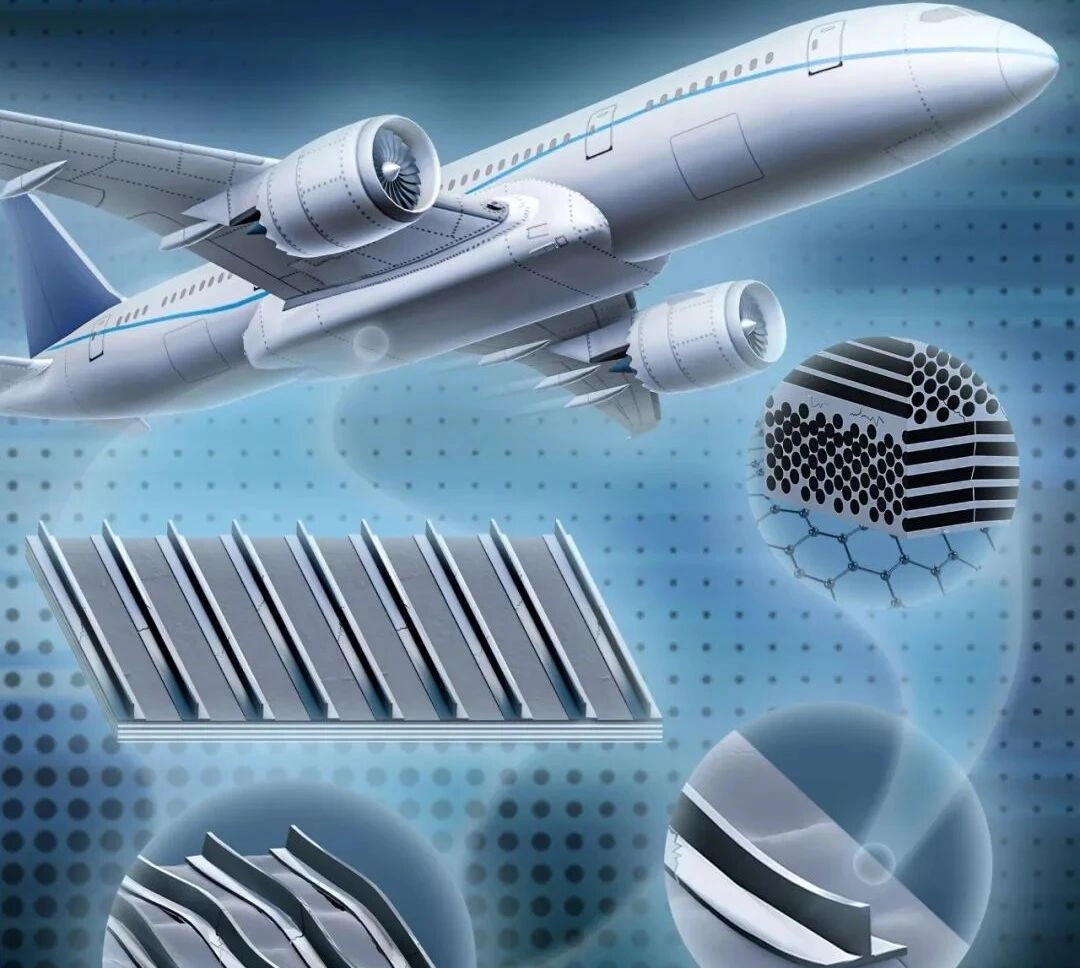
Sub-segment: Composite Materials
Typical process steps: RTM, SMC, LFT-D, etc.
Common temperature control equipment: Mold temperature control machine (high-temperature water type/oil type).
Core requirements for temperature control: High temperature, high pressure (especially for large molds), dual-loop temperature control.
Representative applications: Automotive carbon fiber components, fiberglass product molding. The molds need to be heated quickly and maintain extremely high temperature uniformity.
Sub-segment: Rubber and Plastic Recycling and Pelletizing
Typical process steps: Cooling after pelletizing
Common temperature control equipment: Chiller (water-cooled type)
Core requirements for temperature control: Continuously provide a large amount of cooling water, water quality treatment capacity
Representative applications: Plastic/rubber filaments are cooled and shaped in a water tank before being pelletized, and the chiller maintains the constant temperature of the cooling water.
Sub-segment: Laboratory
Typical process steps: Material testing, small mold trial run.
Common temperature control equipment: Small mold temperature controllers, small water chillers.
Core requirements for temperature control: Wide temperature range, precise temperature control, compact size.
Representative applications: Used for the R&D department to test the performance of new materials at different temperatures, or for small-scale trial production.
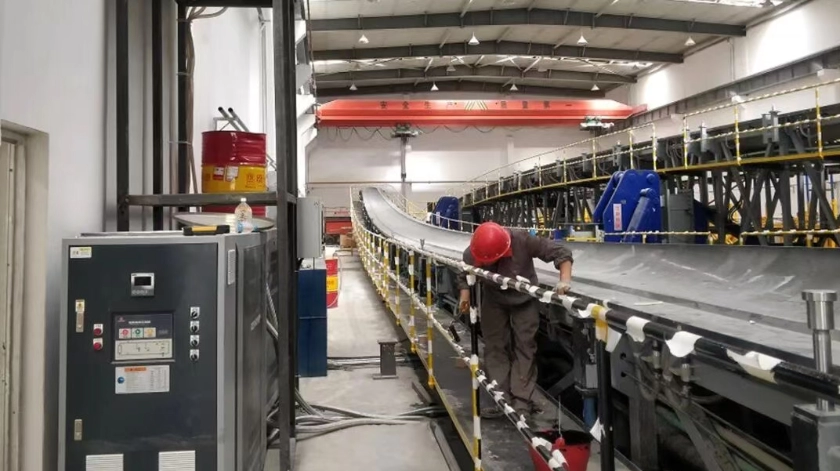
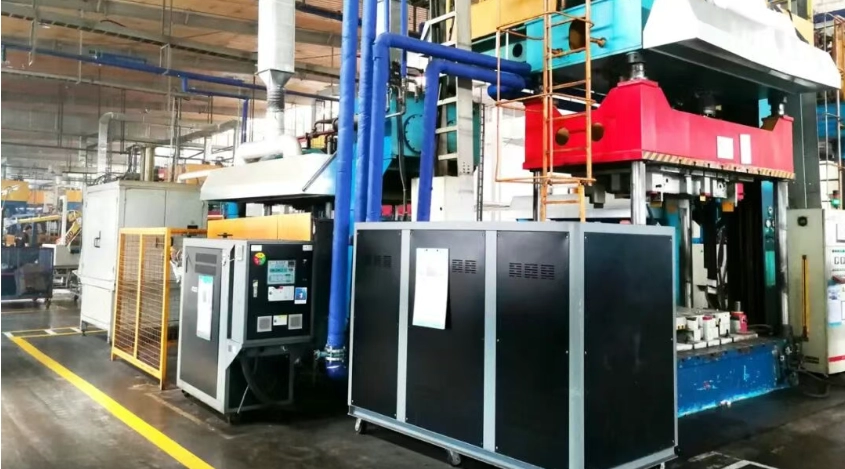
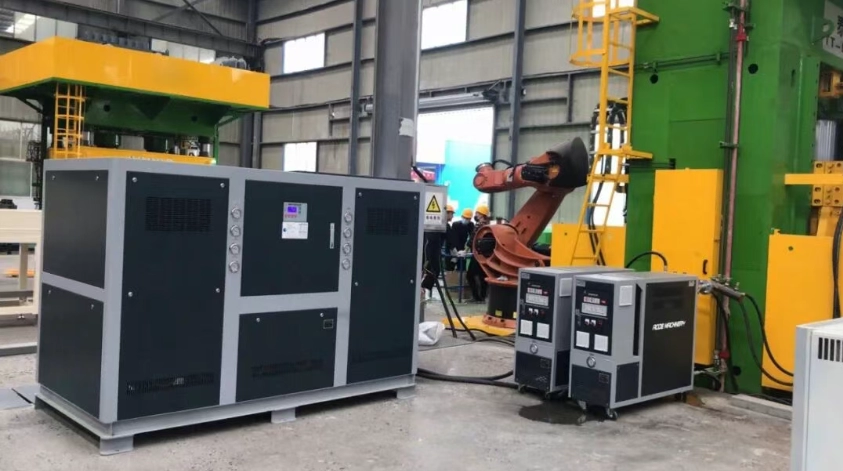
PART.04
1.
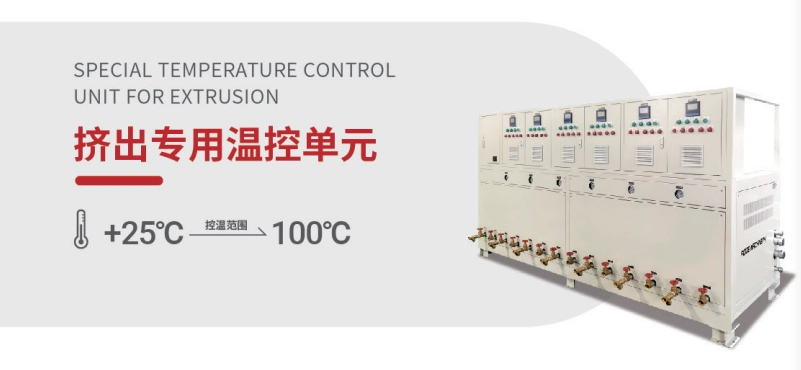
The number of temperature control channels can be increased according to different needs.
Each unit can operate independently.
The external connection is convenient. Just introduce the main water pipe.
The water return temperature can be controlled, and the dry-burn temperature inspection instrument is provided to prevent it.
Support 485 communication.
The temperature control is precise within ±1 degree and is zone-controlled.
Preheating/cooling to maintain thermal balance.
It can extend the lifespan of the screw and the die head and improve production efficiency.
2.
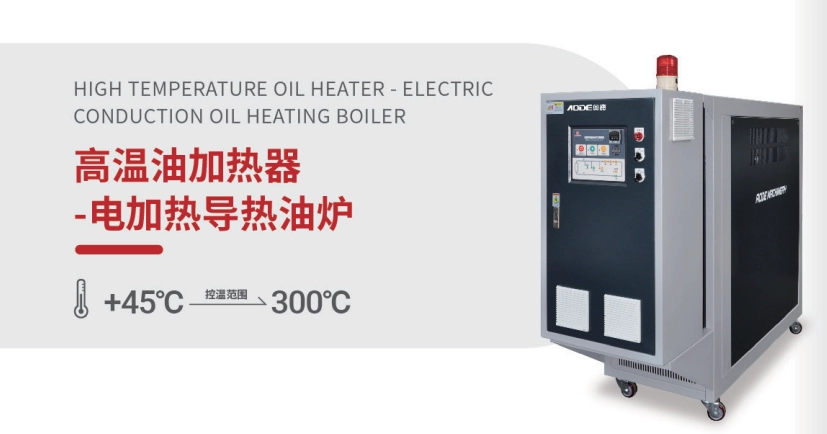
Temperature control accuracy: PID ± 0.5/0.3℃
Steel pipe assembly.
Control method: Utilizes imported microcomputers or (optional) PLC control.
Comprehensive safety protection, fault display, no need for professional personnel for maintenance and servicing.
3.

Independent zone control of temperature.
Preheating/cooling, maintaining thermal balance.
Improving product appearance.
Reducing defective products.
Extending machine lifespan Improve production efficiency.
4.

The compressor heads are imported from Europe and America, and the piping is welded using oxygen-free welding method.
RS485 communication function is provided to achieve automated management (optional). The heating power switching function is also available.
The piping is made of stainless steel, reducing pipe resistance and rust deposits. It uses imported high-grade components and has a long service life.
Control method: Imported microcomputers or PLCs are used for control (optional).
Safety protection is complete. Faults are displayed, and maintenance and servicing do not require professional personnel.
5.
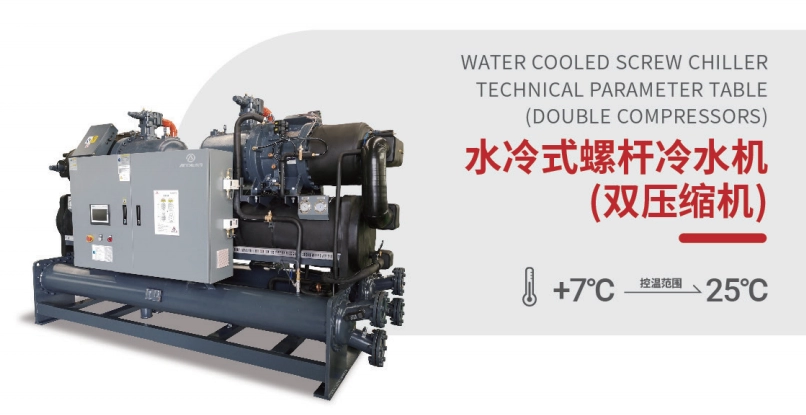
The unit is equipped with complete protection functions, including reverse phase loss, high and low voltage, thermal overload, low liquid level, and anti-freezing protection, etc.
It adopts a high-strength integral welded frame.
It uses imported brands of compressors from Europe, America and Japan.
The water tank and water piping system are made of stainless steel SUS304.
It is standardly equipped with remote on/off interface and comprehensive fault transmission interface, and optional communication functions such as RS485.
The control method adopts microcomputer automatic control or PLC control.
AODE
AODE has been deeply involved in the field of rubber and plastic temperature control for many years, possessing extensive industry cases and practical experience. We can offer standard equipment plus customized solutions. We look forward to working together with industry partners to advance the industrial upgrading with innovative technologies and create a bright future.
Suzhou AODE Precise Equipment Co., Ltd.


